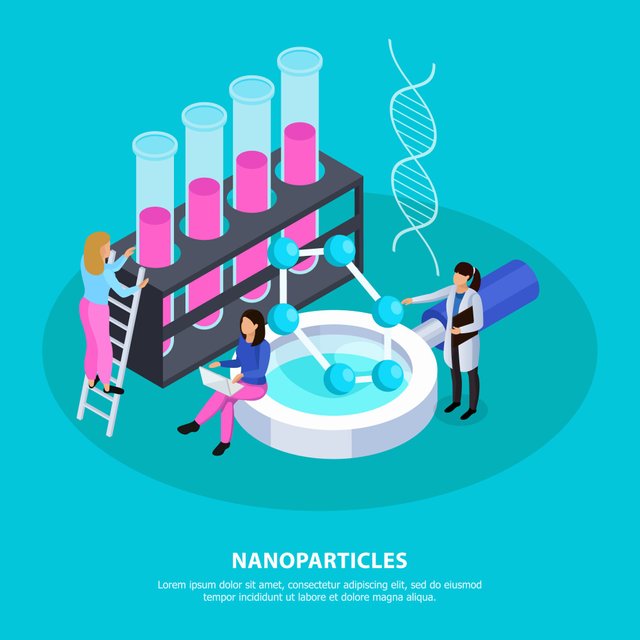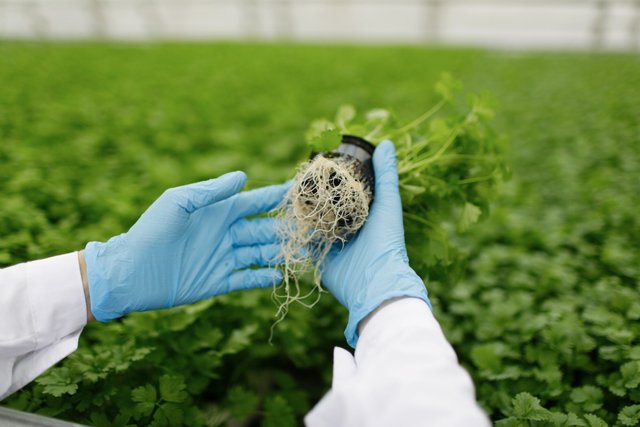The forefront of genetic research is currently marked by the revolutionary tool, CRISPR-Cas9, thanks to its insight in successive gene editing. This innovative technology allows the editing of DNA conveniently in living organisms, therefore opening new horizons in different biological and medical fields.

The most well-known area of CRISPR-Cas9 usage can be noted as the treatment of a disease that is caused by a genetic mutation. CRISPR-Cas9 is a gene editing tool that holds the promise for curing diseases such as cystic fibrosis, sickle cell anemia and muscular dystrophy by physically modifying or erasing the specific mutations that cause these diseases. Although Crisper has not been developed for clinical use yet, pre-experimental analysis demonstrates that it could eradicate all these diseases in the future.
In farming CRISPR-Cas9 facility is being employed in making crops that can be resistant to diseases, pests, and other unfavorable weather conditions. Genetically modified crops, in particular, are capable of having higher yields and reducing the detrimental impact of many crops on the environment, thus helping in combating the problem of world hunger.

Also, CRISPR- Cas 9 is changing the horizon by providing newer insights on genetic roles and disease pathways. The significance of gene knockout is on the realization that the concept increases the ability to accurately remove or manipulate genes of interest in order to understand gene functions or as a step towards finding new treatments.
Despite it being such a promising tool, there are some moral and safety concerns that are associated with it generally, and specifically with the off-target effects. It is also important that the use be responsibly conducted and well-supervised because this technology is currently on the rising and is expected to usher in a new age in genetic studies and medicine.